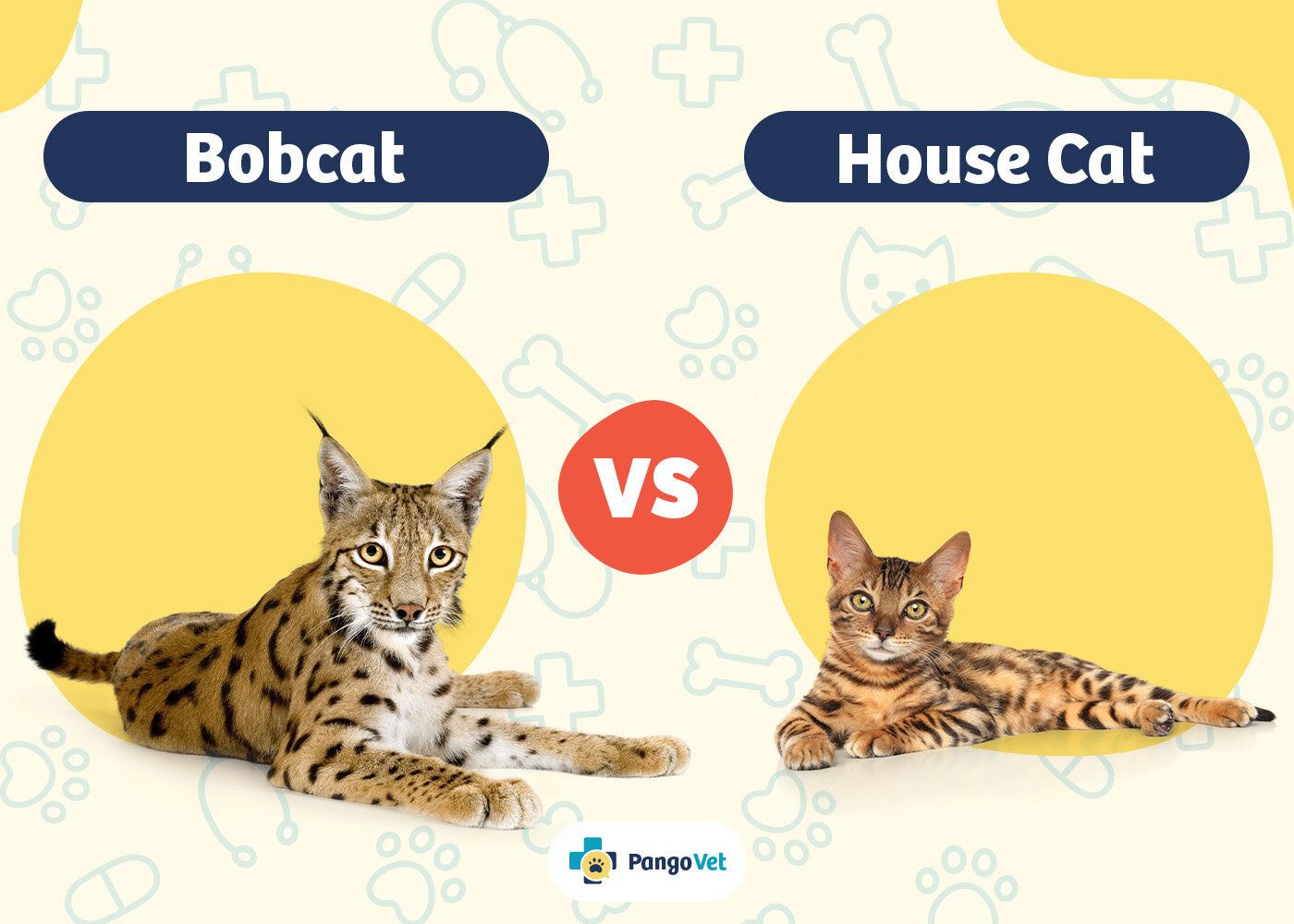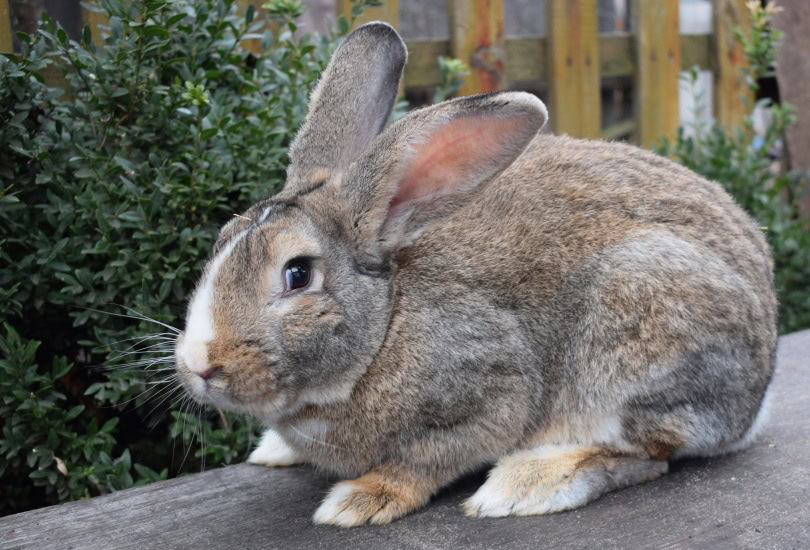Click to Skip Ahead
If you’re already a lover of domestic cats, you might want a bigger version. Sure, there is the Savannah cat that is purely domestic but twice the size of our regular feline friends. But what about something even more exotic? What about a bobcat? Can you even own one of those?
Don’t worry. Here is a side-by-side comparison of what you can expect from a bobcat versus a house cat. The differences might be more profound than you think. And also, even though you might love the look of the bobcat, don’t get your hopes up. Only licensed professionals are ever even allowed to own these beauties. Let’s go over it more.

Visual Differences
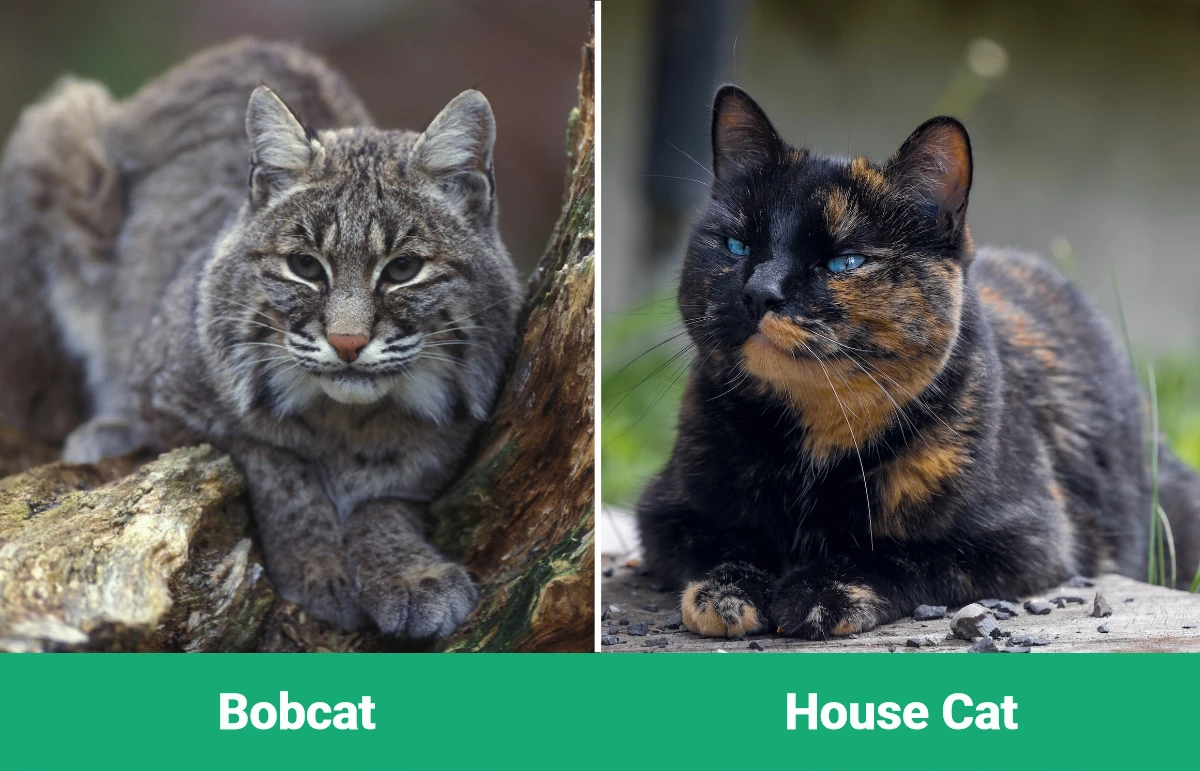
At a Glance
- Origin: North America
- Size: 34–40 pounds
- Lifespan: 7–12 years
- Domesticated? No
- Origin: Middle East
- Size: 8–15 pounds
- Lifespan: 10–20 years
- Domesticated? Yes

Bobcat Overview
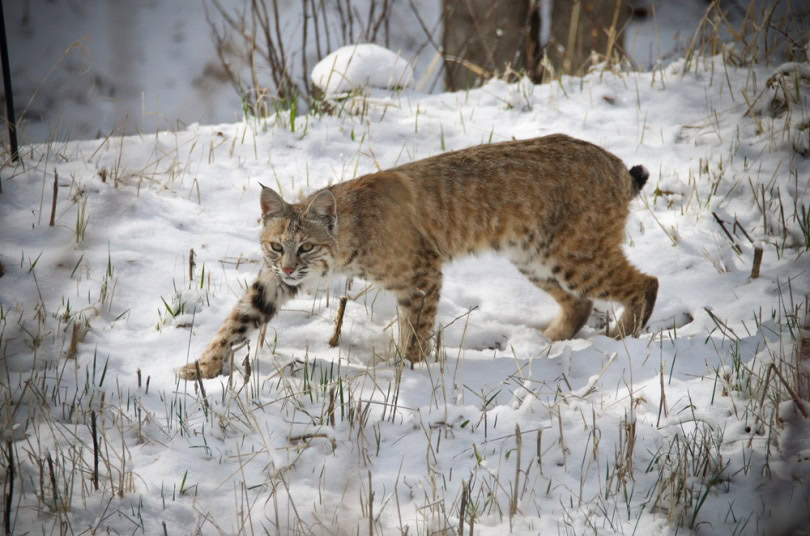
Bobcats are prevalent in North America and Wildcats in the United States and Canada. Their general appearance looks a lot like a Canada lynx but is much bigger in size. But, do bobcats make suitable pets? The immediate answer we’re going to give you is absolutely not. They are not domestic and should never be treated as such.
Despite not being suitable as domestic pets, they share many similarities with their tamed, smaller cousins. After all, all domestic house cats came from wild varieties.
Characteristics & Appearance
If you had to sum it up pretty quickly, a Bobcat is a smaller version of the Canada lynx. These smaller cats are still significantly larger than a traditional house cat, getting upwards of 40 pounds. They have strong, muscular bodies with long legs, tufted ears, and thick spotted coats.
Most Bobcats are brown to reddish in color with a white underbelly and a bobbed black-tipped tail. They don’t have color or pattern variations—the breed appearance is uniform every time with slight coloration differences.
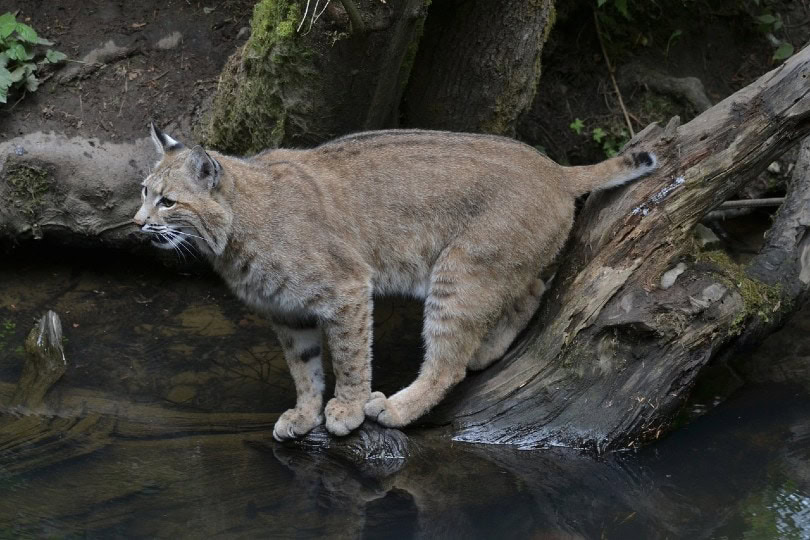
Behavior
Bobcats are solitary creatures who prefer living life alone. Once cubs leave their mothers, they find their way completely on their own. During mating season, males and females will get together. But males are highly territorial and usually have an entire area cut off for just themselves.
They will mark their territory, so other Bobcats are known to stay completely away. Sometimes, females can crossover into a male Bobcat’s territory (even outside breeding season) without too much conflict. However, females will be hyper-aggressive toward one another.
At night, if you hear deep growls or hissing, it could be the encounter between two Bobcats that have accidentally crossed each other’s territory. Otherwise, they are very quiet creatures that make fantastic hunters.
Bobcats can stalk prey very silently and move very swiftly. Sometimes, Bobcats can be a concern for smaller pets, chickens, other barnyard poultry, and wildlife around your home. It’s essential to have something in place to protect these animals should a Bobcat be close.

House Cat Overview
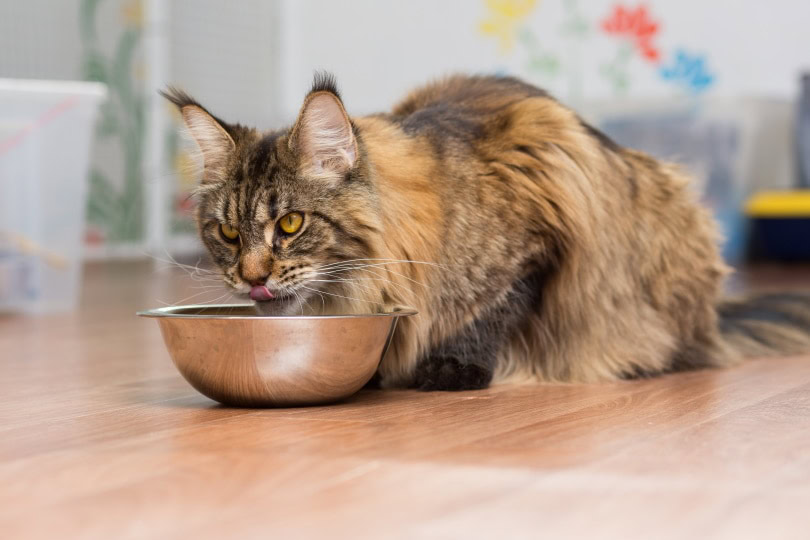
We all know about domestic cats. You know, those independent roommates we have living in our homes. House cats come in tons of different patterns, sizes, appearances, and personalities. It’s no wonder that they are such a popular pet for people to have. Let’s go over a little bit about what you can expect.
According to the International Progressive Cat Breeders Association, there are 73 different cat breeds known to man. A number of mixed breeds also take on multiple characteristics from genetic parents.
Characteristics & Appearance
There is a cat to suit just about anyone’s preferences–from looks to personality quirks. Domestic cats can have different patterns, colors, and general appearances. After all, if you look at the Sphinx, a totally hairless kitty, and look at a Maine Coon, a big fluff ball, you’re going to notice some significant differences.
While size can vary, if you break it down, most house cats weigh between 8 and 15 pounds. Larger breeds like Savannah cats and Maine Coons can be much larger. It can also decrease if you have an adorable compact kitty like a Munchkin.
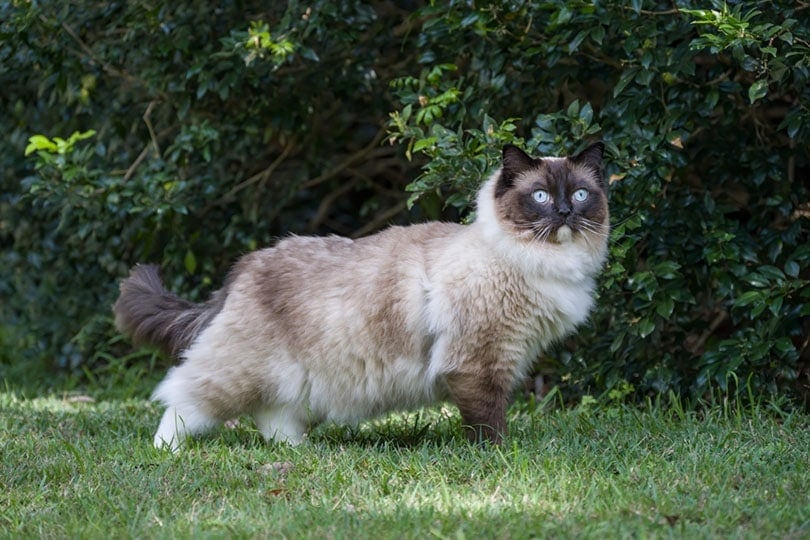
Behavior
Domestic cats are just spoiled versions of their wild cousins. Even though they don’t have the same instincts to hunt as a cat would in the wild, they still love to climb, pounce, chase, and play. That is why it’s so important to have a variety of toys and activities on hand to keep your little one busy. Every cat owner knows you should have cat scratching posts, cat trees, litter boxes, toys, and hideaways.
It’s hard to predict exactly what your kitty will be like! All cat’s personalities will be different based on the individual. Some cats are highly affectionate–and even borderline needy. Others are highly aloof and prefer to spend most of their time alone.

What Are the Differences Between Bobcats and Housecats?
Appearance
The most obvious difference between bobcats and domestic cats is their size in appearance. Domestic cats come in a variety of sizes, shapes, and colors. But they tend to weigh between eight and 15 pounds on average.
On the other hand, Bobcats are significantly larger than domestic cats, sometimes getting up to 40 pounds. While the apparent size difference is a crucial factor, bobcats have one standard look. But in the world of domestic cats, there are many colors, patterns, shapes, and sizes.
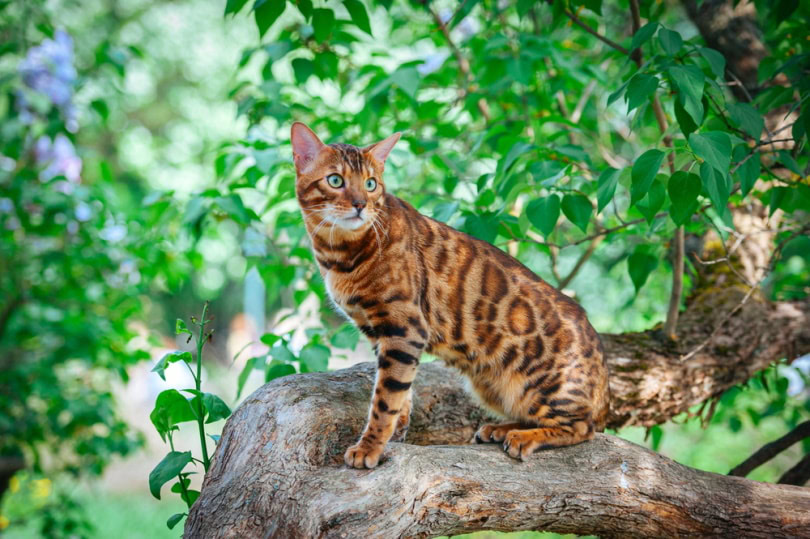
Personality
A Bobcat is a wild animal, no matter how cute and cuddly it might appear. If you try to capture or corner one of these animals, they will lash out, and they are very powerful. If you’ve ever seen the damage a house cat can do when they attack a person, imagine what a bobcat can do if threatened.
It’s for the benefit of your safety and the animals to never try to handle or catch one of these beautiful wild cats. Don’t take offense! Bobcats don’t even like being in the company of their own species.
Most house cats get along fine with other cats and household pets, primarily when they are raised together. On the other hand, most domestic house cats absolutely adore attention. They love spending time snuggled up with their favorite human or beside a buddy.
They also make excellent companions for children and seniors. Remember that every cat will be different, so if they don’t seem to like other people as much, try to cut them a break.
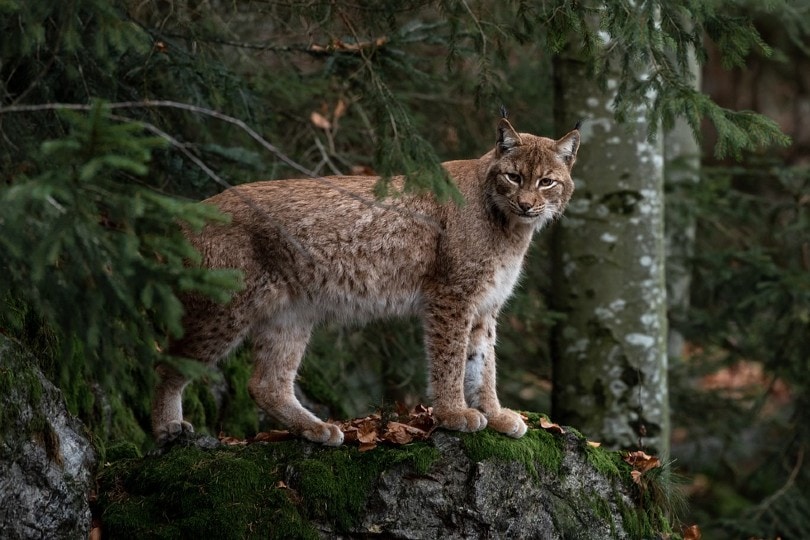
Legality
As you probably know, you can’t just go to your local pet store and request to buy a Bobcat. Bobcats are protected wild animals that belong in nature. If someone can temporarily keep a Bobcat, it is likely due to health and other factors that prevent them from living in the wild.
If someone is rehabilitating a Bobcat, they need a proper license to do so. If you find any bobcat cubs, try to leave them alone to see if their mother comes to claim them. If you have a litter wandering with no mother in sight, contact a local wildlife rescue in your state. Professionals can properly transport or foster if necessary.
As tempting as it may be to domesticate a Bobcat cub, it will be nothing like what you expect if you want a domesticated cat. Lucky for you, getting an ordinary house cat requires no license.

Domestic Cats That Look Like Bobcats
Certain cat breeds resemble their Bobcat cousins. One of the most uncanny resemblances is from a domestic breed called the Pixie Bob. It is rumored that the Pixie Bob is actually the combination of a bobcat mixed with a barn cat. But no proof in this breed’s DNA points to that conclusion. You can find Pixie Bob cats at a local breeder, permitting there’s one in your area.
There are certain anomalies in standard domestic cats that cause the bobtail effect. So if you love the appearance of that cute little nub, you can find a domestic cat near you that has this feature.
Always check at local rescues and shelters to see if you can find a cat or kitten in need. You can always try ads, breeders, and other avenues if you have no luck there.
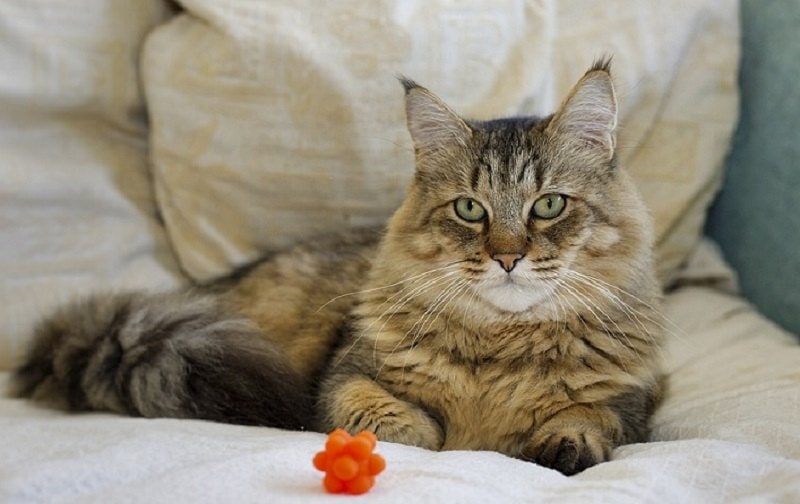

Which Breed Is Right For You?
This is simple. Domestic cats are the way to go. Having a wild animal is challenging, and you need proper education to do so comfortably. Wild animals are not traditional pets and should never be treated as such. If your passion is working with wildcats, we definitely recommend that you get a certification or degree and make it your career instead.
Owning one of these wild cats for pleasure takes away a lot of their natural abilities and environment. But many domestic cats are waiting for a new home, as homelessness is prevalent in the United States.
So if you weren’t going to make a career out of it, we definitely recommend going for your average, everyday house cat. And we promise, there will be nothing ordinary about it.
Featured Image Credit: Top – Don Mammoser, Shutterstock | Bottom – Kanashi, Unsplash
